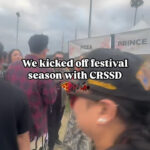Seventh Street in Washington DC, now a bustling artery in the heart of the city, boasts a rich and unique history as one of the capital’s earliest and most enduring commercial avenues. Looking back to the 1870s, a northward view from F Street revealed a diverse array of shops, cafes, and modest hotels that characterized the streetscape of that era. Today, the modern Verizon Center stands prominently on the right side of this very street, marking the center of Penn Quarter, a neighborhood that has once again become a hub of activity, vibrant both day and night.
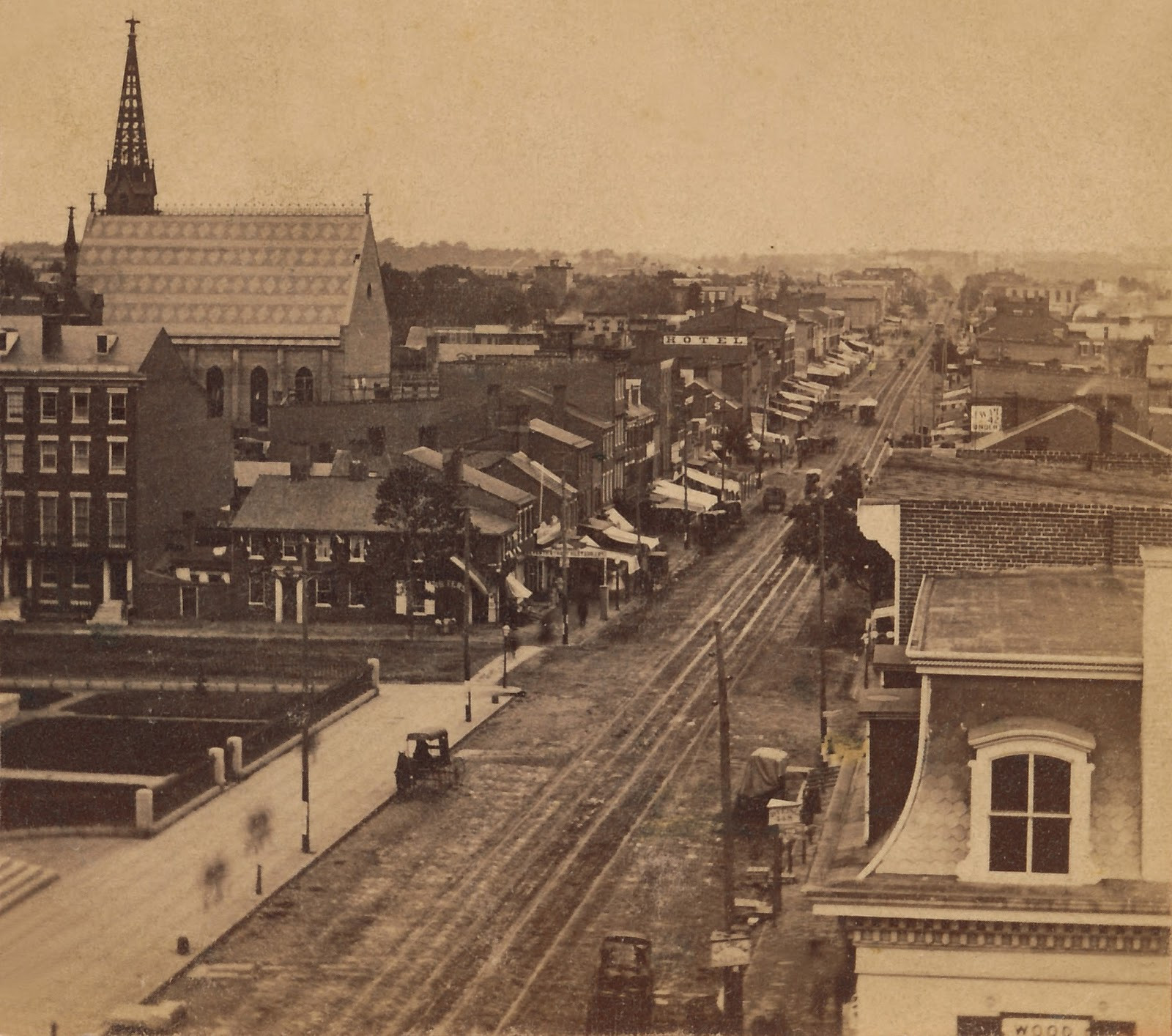 1870s view of Seventh Street facing north from F Street NW in Washington DC, showcasing diverse shops and horse-drawn carriages.
1870s view of Seventh Street facing north from F Street NW in Washington DC, showcasing diverse shops and horse-drawn carriages.
From Pennsylvania Avenue to Seventh Street: The Rise of a Commercial Hub
In the early 19th century, commercial activity in Washington City initially clustered along Pennsylvania Avenue, stretching between the White House and the Capitol Building. However, Seventh Street was quickly identified as the next prime location for development, driven by several key factors. Crucially, the intersection of Pennsylvania Avenue and Seventh Street was home to the significant Center Market. This bustling marketplace, a subject of previous chronicles, acted as a powerful magnet, attracting farmers and merchants alike. Vendors from Maryland and the surrounding Washington County regularly traveled to Center Market via the Seventh Street Road, now known as Georgia Avenue. This consistent flow of traffic naturally fostered the growth of commercial enterprises along Seventh Street.
Furthermore, Seventh Street’s southern end extended down to the Southwest Waterfront, a major port of entry for seafood, manufactured goods, and a wide array of materials arriving from various points along the East Coast. Recognizing its burgeoning economic importance, city officials in 1845 designated Seventh Street as one of the first streets in Washington to be paved with cobblestones, a testament to its significance.
The 1870s photograph also highlights the Patent Office building, a stately structure located at the northern edge of downtown development when its initial phase was completed in 1836. The broad sidewalk and neatly enclosed yard in the lower left of the image delineate the Patent Office grounds. In this historical view, G Street intersects just beyond the Patent Office. On the northwest corner of Seventh and G Streets, a small two-story building is visible, identified as an oyster house. These neighborhood oyster houses were commonplace in Washington during the 1870s and 1880s. Chesapeake Bay oysters, abundant and affordable, were a dietary staple for the city’s working class. An 1878 advertisement for John’s Restaurant, situated just two blocks south at Seventh and D Streets, encouraged patrons to “prevent squalls and bring peace and happiness to your family” by taking home “a box of those superior fried oysters.”
 Stereoview of the historic Patent Office building in Washington DC, showcasing its architectural prominence near Seventh Street.
Stereoview of the historic Patent Office building in Washington DC, showcasing its architectural prominence near Seventh Street.
Surviving History: Townhouses and Churches on Seventh Street
Adjacent to the oyster house in the 1870s photograph stand a pair of four-story Federal-style townhouses. Remarkably, these buildings have survived into the 21st century, with one now housing the Redline gastropub. Another enduring landmark visible in the image is the prominent church on the left, distinguished by its intricate, wrought-iron steeple. This is the Calvary Baptist Church, located at 8th and H Streets NW, another site previously featured on this blog. The original church, constructed in 1866, was destroyed by fire a year later but rebuilt in 1869. In the 1870s view, the church dominates the surrounding low-rise landscape. In contrast, today, it is nestled among much taller buildings, a testament to the area’s dramatic urban development.
The shops lining Seventh Street in the photograph are clearly bustling with activity, though the slow photographic exposure of the time makes capturing individual movement challenging. Many shops on the western side of the street, which receive the most sunlight, feature large awnings extending across the sidewalks. This was a common architectural feature on downtown streets during the late 19th and early 20th centuries. These awnings provided shade and also created a covered, mall-like experience for pedestrians browsing the shop windows. Typically, shop owners resided in apartments situated above their businesses.
H Street intersects Seventh Street in front of a building marked “HOTEL” on the left side of the street. Beyond this point, two more blocks of commercial establishments extended to K Street and Mount Vernon Square. Further north, development thinned out, but commercial storefronts were beginning to emerge. Historian John Clagett Proctor (1867-1956) noted that before the Civil War, only one structure – a bakeshop – existed on the west side of Seventh Street between Mount Vernon Square and Florida Avenue, then known as Boundary Street. On the east side, a brick kiln stood at Boundary Street, which Union troops used for target practice during the Civil War. Closer to downtown, at K Street, Burr’s wood and coal yard operated before the war, later replaced by frame storefronts in the 1860s. By the time of the 1870s photo, this neighborhood was increasingly settled by German immigrants, who established bakeries, restaurants, dry goods stores, and furniture shops in the decades that followed.
The newer constructions of the period were larger, exemplified by the four-story building in the lower right corner of the 1870s photograph. This recently built structure featured a fashionable mansard roof adorned with fish-scale shingles. While the specific tenants are not definitively known, clues are present. A sign reading “Wood” (possibly a business name or product type) is visible on a third-story window, and a sidewalk sign advertises ice cream. This robust building remained on the corner for approximately 40 years. A photograph from around 1916 shows the same building advertising painless dentistry. The tall, imposing Barrister Building, located to the right on F Street, was a modern skyscraper designed by Appleton P. Clark and built in 1910. Equipped with elevators, it was intended to house offices for patent attorneys. The Barrister Building stood on F Street until the entire block was redeveloped in the 1980s.
 Stereoview of the historic Patent Office building in Washington DC, showcasing its architectural prominence near Seventh Street.
Stereoview of the historic Patent Office building in Washington DC, showcasing its architectural prominence near Seventh Street.
Seventh Street Today: A Modern Transformation
Returning to the 1870s image, a key feature not yet discussed is the presence of streetcar tracks. While connections to Center Market and the Southwest Waterfront initially established Seventh Street’s importance, the introduction of streetcars in 1862 solidified its commercial prominence throughout the latter part of the 19th century. The tracks in the photograph may well be the original rails, designed for use by small, horse-drawn streetcars. The Seventh Street car line became a vital north-south transportation route in the city. In 1890, it was converted to an underground cable system, significantly increasing its capacity. The following year, the National Baseball Park was constructed at Seventh Street and Florida Avenue, and the Seventh Street cable car line transported enthusiastic baseball fans to games. A south-facing photograph from 1892 depicts a crowded three-car cable train heading towards the ballpark, with the Patent Office visible in the background. The National Baseball Park was a precursor to Griffith Stadium, home to the Washington Senators and Washington Grays baseball teams for much of the 20th century. Today, Howard University Hospital occupies the site. Interestingly, Metro bus route 74, which follows the path of the old streetcar line, now terminates at Nationals Park, located at the opposite end of the historic route.
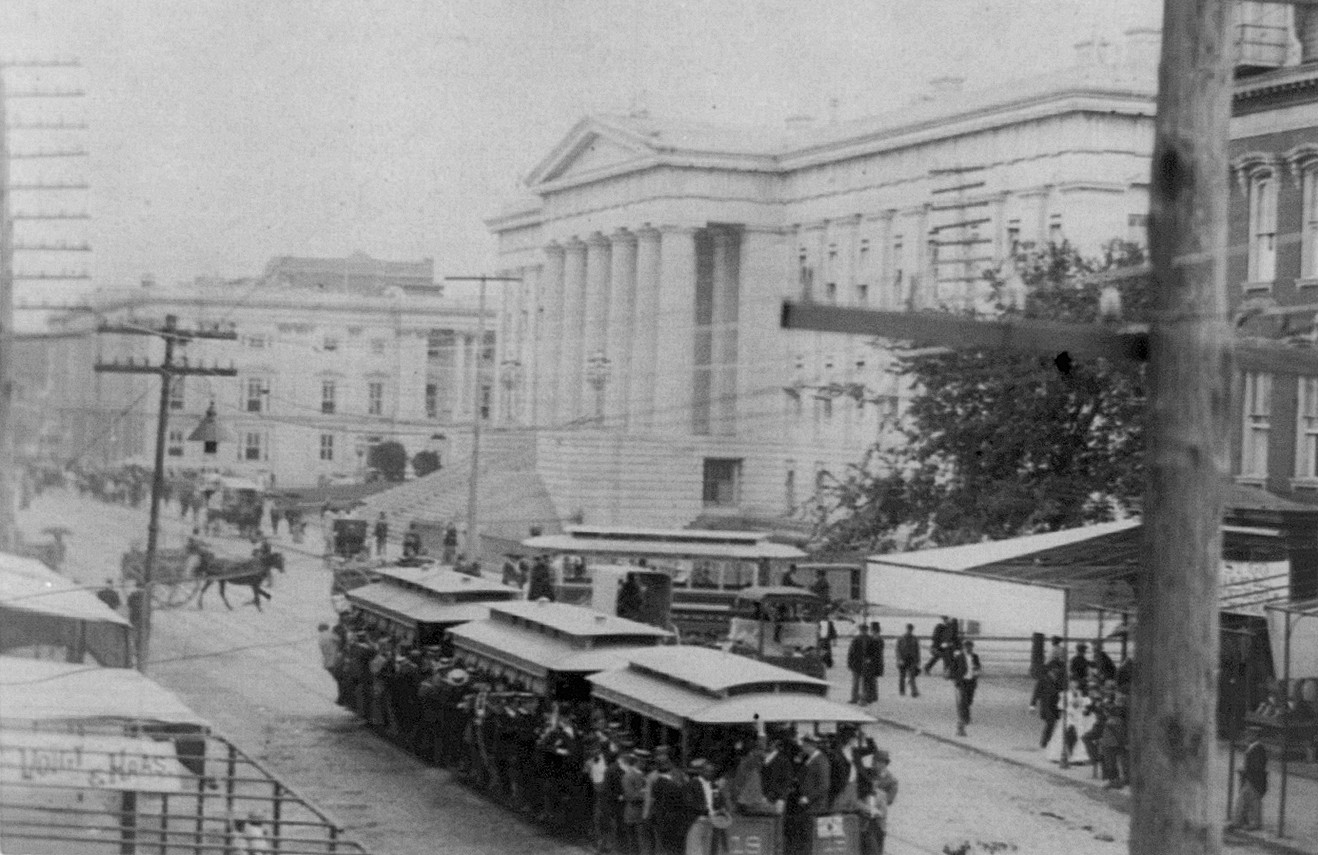 1892 photograph of the Seventh Street Cable Line in Washington DC, packed with passengers heading to a baseball game.
1892 photograph of the Seventh Street Cable Line in Washington DC, packed with passengers heading to a baseball game.
The early 20th century witnessed a surge in commercial activity along Seventh Street. The blocks visible in the 1870s photo became home to diverse businesses, including major department stores such as King’s Palace, established in 1878 and operating until the 1930s, and Goldenberg’s, founded by Moses Goldenberg in 1895 and lasting for sixty years. The stretch of Seventh Street from H Street to K Street became renowned as “Furniture Row” due to the concentration of furniture stores, including Grogan’s, P.J. Nee, Rudden’s, Mazor Masterpieces, and Marlo’s. A 1934 Washington Post article described Seventh Street as a “great and historic shopping district” representing “the last word in modernity,” highlighting its department stores, furniture stores, jewelry stores, attractive window displays, and well-trained employees.
However, this period marked the zenith of Seventh Street’s prominence as a retail center. By the 1930s, newer, trendier stores were emerging on F Street, boasting larger establishments like Woodies and Garfinckel’s, which attracted greater customer volumes. The most fashionable shops were further west on Connecticut Avenue. A significant decline began on Seventh Street after World War II and persisted for almost fifty years. By the 1980s, the entire block on the west side of the 1870s photograph, bordered by 6th, 7th, F, and G Streets, had been cleared of buildings, replaced by surface parking lots. The construction of the MCI Center (now Verizon Center) in the late 1990s on this previously empty block is widely recognized as a key catalyst in the revitalization of Seventh Street, which has once again become a popular downtown destination.
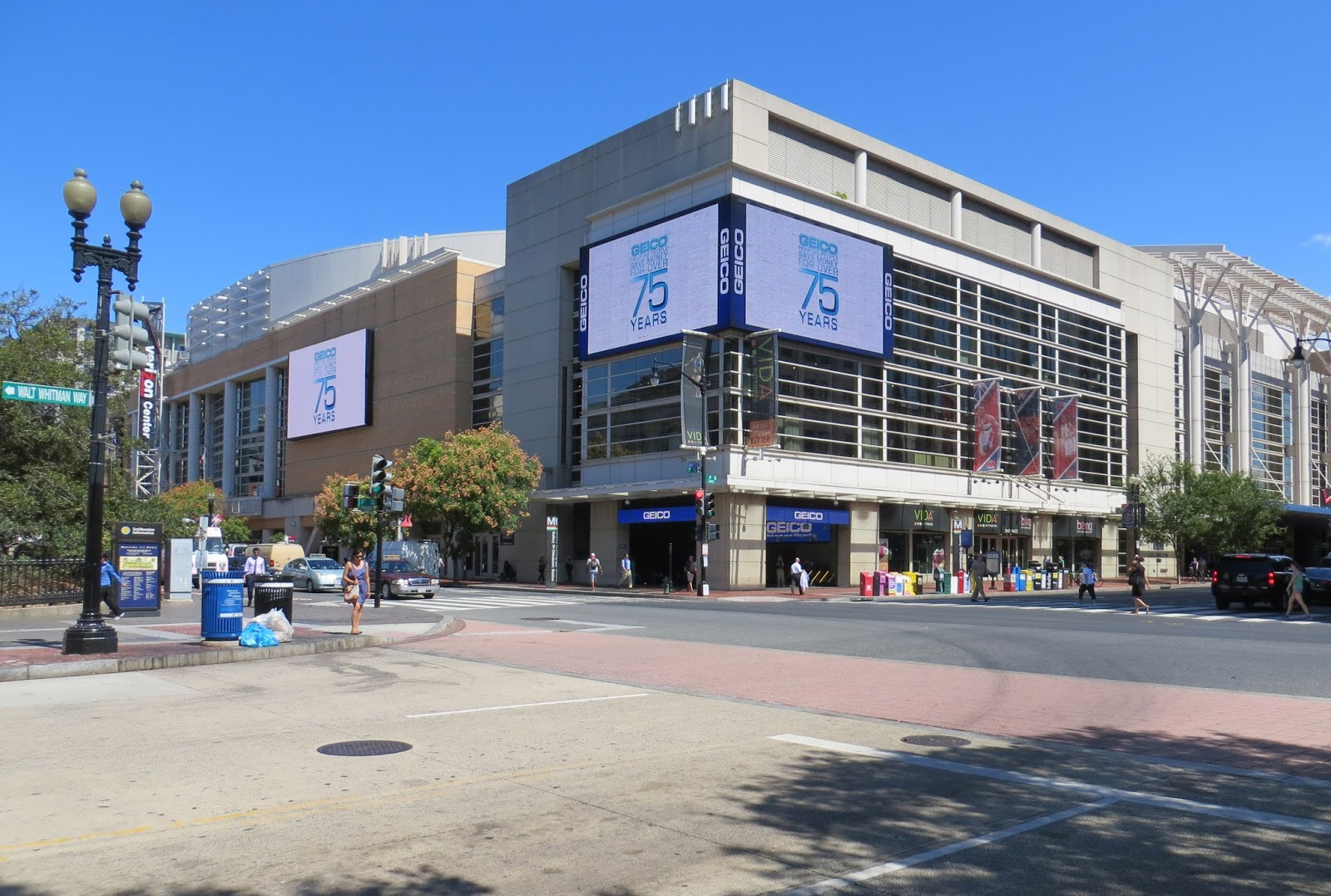 Contemporary view facing north at Seventh and F Streets NW in Washington DC, showing the modern cityscape.
Contemporary view facing north at Seventh and F Streets NW in Washington DC, showing the modern cityscape.
Today, Seventh Street in Washington DC stands as a testament to the city’s evolving urban landscape. Its journey from a muddy road to a cobblestone commercial hub, through periods of streetcar-driven prosperity and mid-century decline, to its modern resurgence as part of Penn Quarter, reflects the dynamic history of Washington D.C. itself. Exploring Seventh Street offers a tangible connection to the city’s past and a vibrant experience of its present.
Further Reading:
For those interested in delving deeper into the history of streetcars in Washington, consider exploring Capital Streetcars: Early Mass Transit in Washington, D.C.
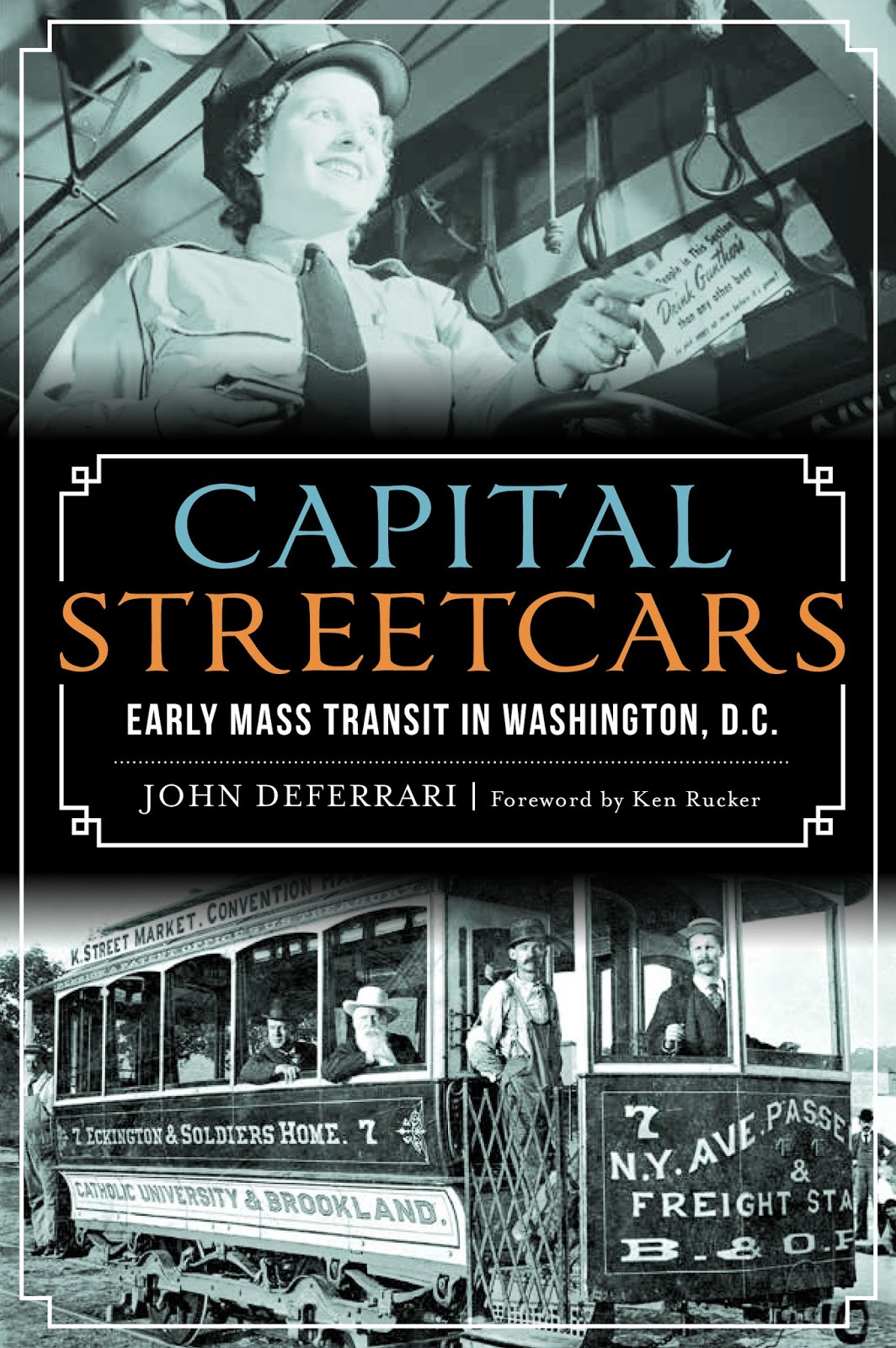 Cover of the book Capital Streetcars: Early Mass Transit in Washington, D.C.
Cover of the book Capital Streetcars: Early Mass Transit in Washington, D.C.
Book Chapters:
- The City of Magnificent Distances: Transit in Washington Before Streetcars, 1800–1862
- Horses in the Mud: The Early Horse-Drawn Streetcar Era, 1862–1888
- Close Quarters: Riding the Cars, 1862–1888
- Hard Choices: Modernizing the Streetcar System, 1888–1897
- Grid-Ironing the City: The Rise of Streetcar Suburbs, 1868–1899
- Bigger Crowds and Bigger Cars: The New Century’s Challenges, 1900–1918
- A Vast Amount of Harm: The Struggle to Maintain Equal Access, 1900–1920
- Yesterday’s Technology: Competition with Automobiles and Buses, 1920–1940
- War and Peace: The World War II Years and Afterward, 1940–1950
- Endgame: Washington’s Streetcars Disappear, 1950–1962
- Lost and Found: Nostalgia for the Streetcar Era, 1962–2015
Sources:
- Constance McLaughlin Green, Washington: A History of the Capitol, 1800-1950 (1962).
- Alison K. Hoagland, “Seventh Street/Downtown” in Washington At Home, 2nd ed. (2010).
- John Clagett Proctor, Proctor’s Washington (1949).
- Numerous newspaper articles.

